Road legal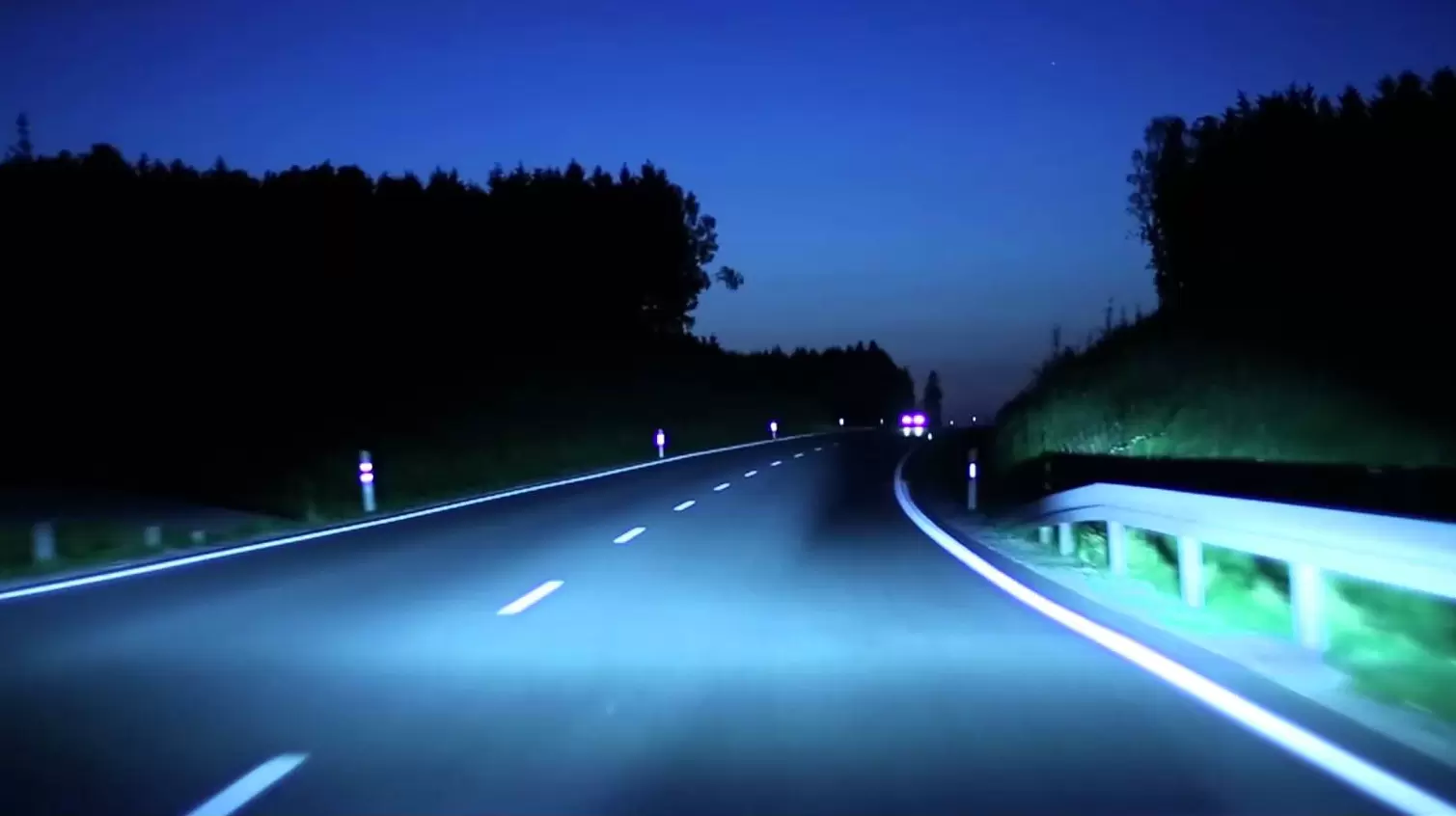
Firstly, let's talk about the term 'road legal'. If a bulb is road legal, it means it's OK to use when driving on the road at night. For most drivers, you'll want a road legal bulb. Otherwise, you could be pulled over by the police and be issued with a ticket or hefty fine.
Why do companies even sell bulbs that aren't road legal? Usually, these bulbs are used for special effects. Drivers may use non-road legal bulbs at car shows or racing events. Other drivers simply are willing to run the risk of installing them for use on normal roads. However, this is to be done at your own risk.
Brightness
One reason a bulb might be non-road legal is the brightness. Every state, province or country has laws regulating the level of brightness required in headlight bulbs. There's usually a minimum and a maximum level. As a general rule, your headlights should illuminate the road a few hundred yards ahead. You 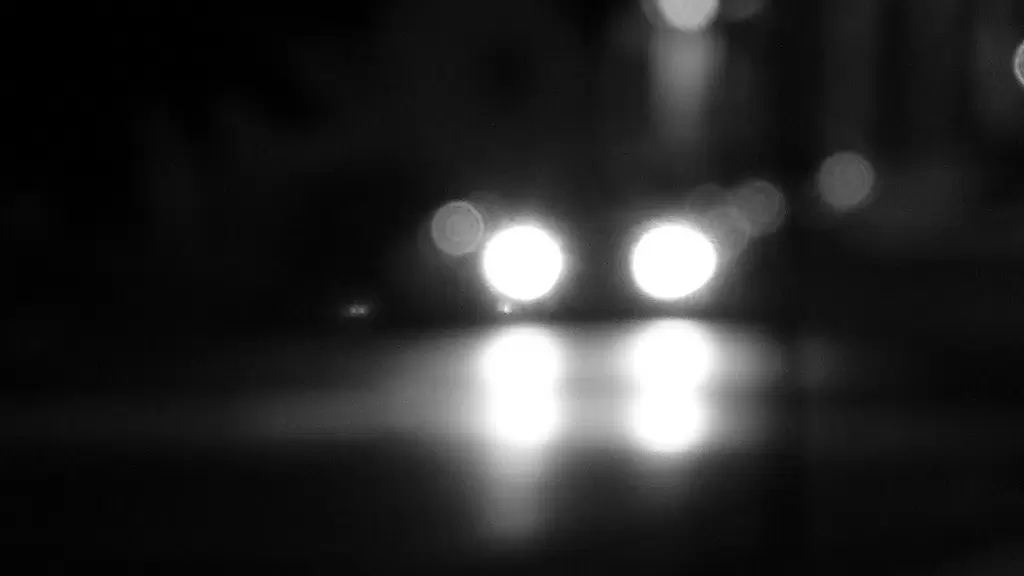 shouldn't be struggling to see, but you shouldn't blind other drivers, either.
shouldn't be struggling to see, but you shouldn't blind other drivers, either.
In some locales, certain HID bulbs may be too bright. However, it's fairly unlikely that you'll be stopped by police for having bright headlights. If they're causing problems for other drivers, it's more likely that they're not aimed properly.
If you want to check your alignment, take a look at this blog post here.
Colour temperature
The reason many bulbs are labelled as 'not for road use' is due to their colour temperature. This essentially refers to the colour of the light your bulbs give off. Bulbs range from yellow, to white, to blue. The colour temperature is measured in Kelvins (K). The higher the colour temperature, the bluer a bulb will appear.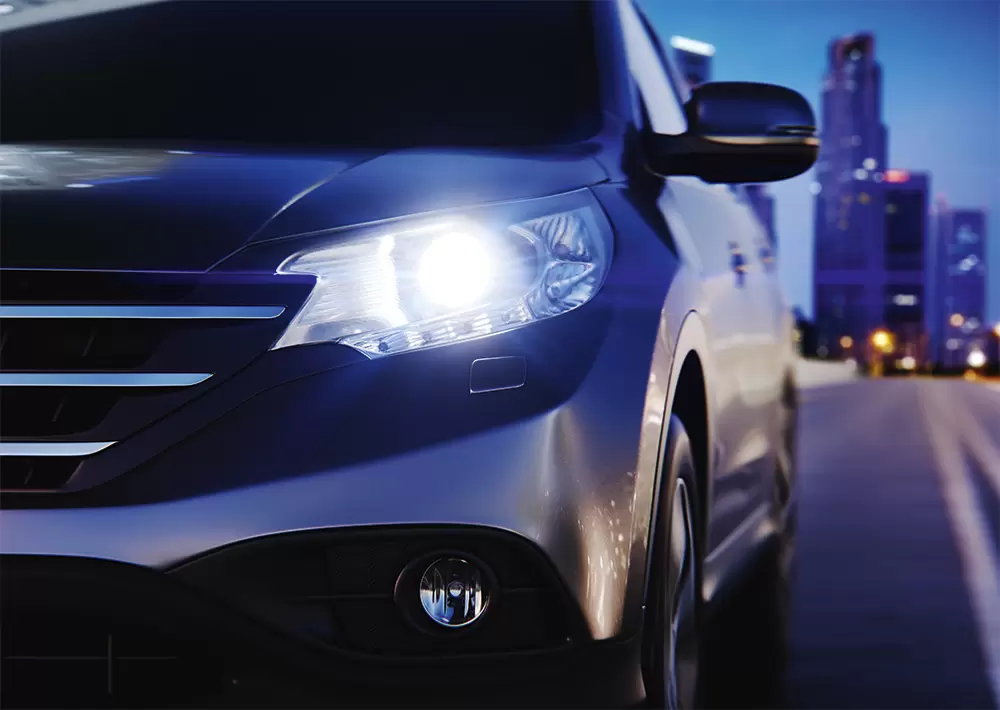
For example, a colour temperature of 3000K will produce a yellow colour. This may even be too dull to use as a headlight bulb. 4000K to 6000K gives a crisp, white light. Any light above 6000K will start to look very blue. You can purchase headlight bulbs that go all the way up to 12,000K, which produces a light that's almost purple.
However, not all of these bulbs are road legal. In addition to laws regulating the brightness of headlight bulbs, there's also laws about the colour of your bulbs. In most countries, your bulbs must be pale yellow or white. If your headlight bulbs are entirely blue, they're almost certainly not road legal.
HID vs. halogen
To make the matter even more confusing, there's a difference between the colour temperature of HID bulbs and halogen bulbs. HIDs are filled with xenon gas, which naturally gives them a whiter 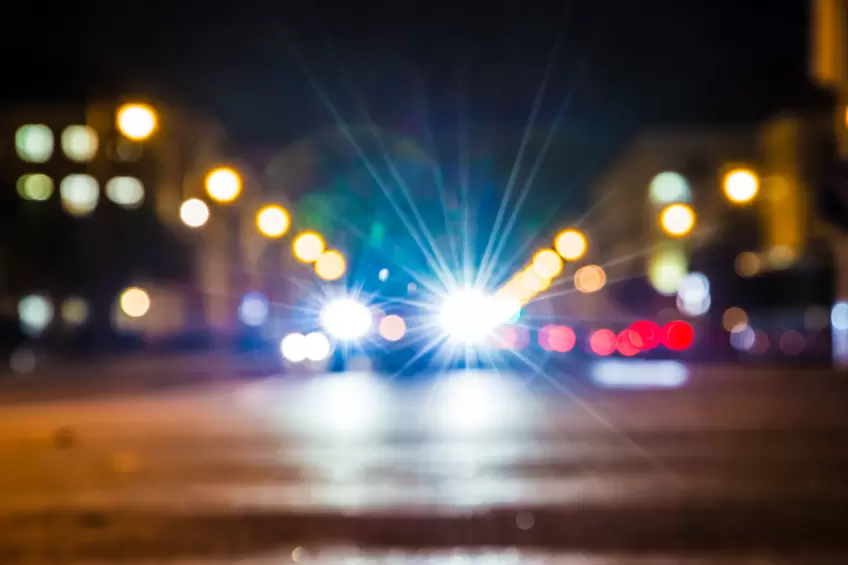 colour. Because xenon bulbs have become so popular, the makers of some halogen bulbs are now adding the whitest tint possible to their bulbs.
colour. Because xenon bulbs have become so popular, the makers of some halogen bulbs are now adding the whitest tint possible to their bulbs.
When this colour is added to halogen bulbs, it can cause the bulb to appear duller. Unlike the crisp, white-blue light of xenon HID, white/blue halogen bulbs are simply just lights that have been tinted. In most cases, these are not road-legal. As a rule of thumb, any halogen bulb with a colour temperature over 4200K is most likely non-road legal. OSRAM's Cool Blue Intense range is your best bet if you're looking for halogen bulbs that are cooler, but still remain road legal.
HID bulbs with higher colour temperatures are often road legal. Despite their bluish colour, HID bulbs are bright enough to be safe for use on the road. For the best performance and lighting, you'll want xenon bulbs that reach around 5000K. The OSRAM Xenarc Cool Blue Intense range of xenon HIDs is an ideal choice if you're looking for bulbs that produce a white light with a slight blue tint.
You can go even further up the colour temperature spectrum and still be road legal, however. Xenon HIDs with colour temperatures of up to 12,000K are still road legal in some countries, but they will have a distinct blue colour.
If you're worried about road legality in your country or state, it's worth checking what's legal and what isn't before you buy.














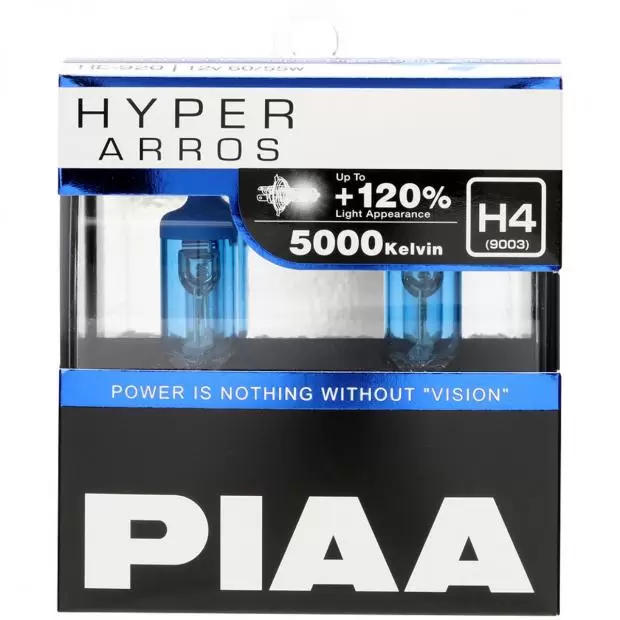
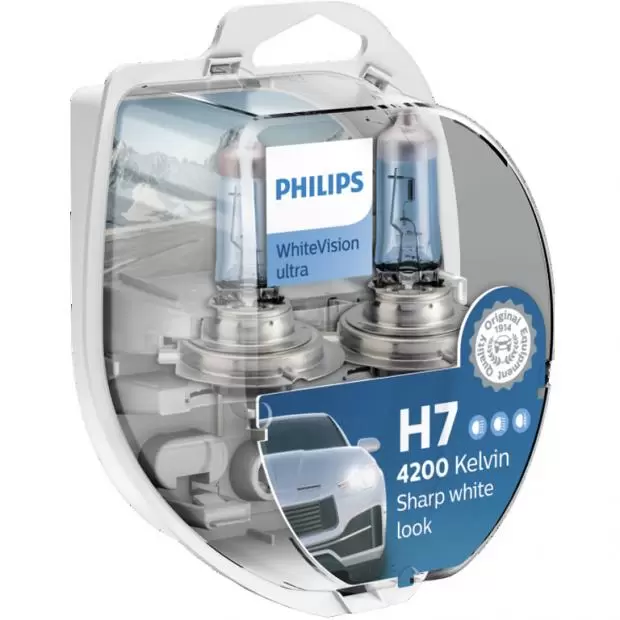












 Close
Close